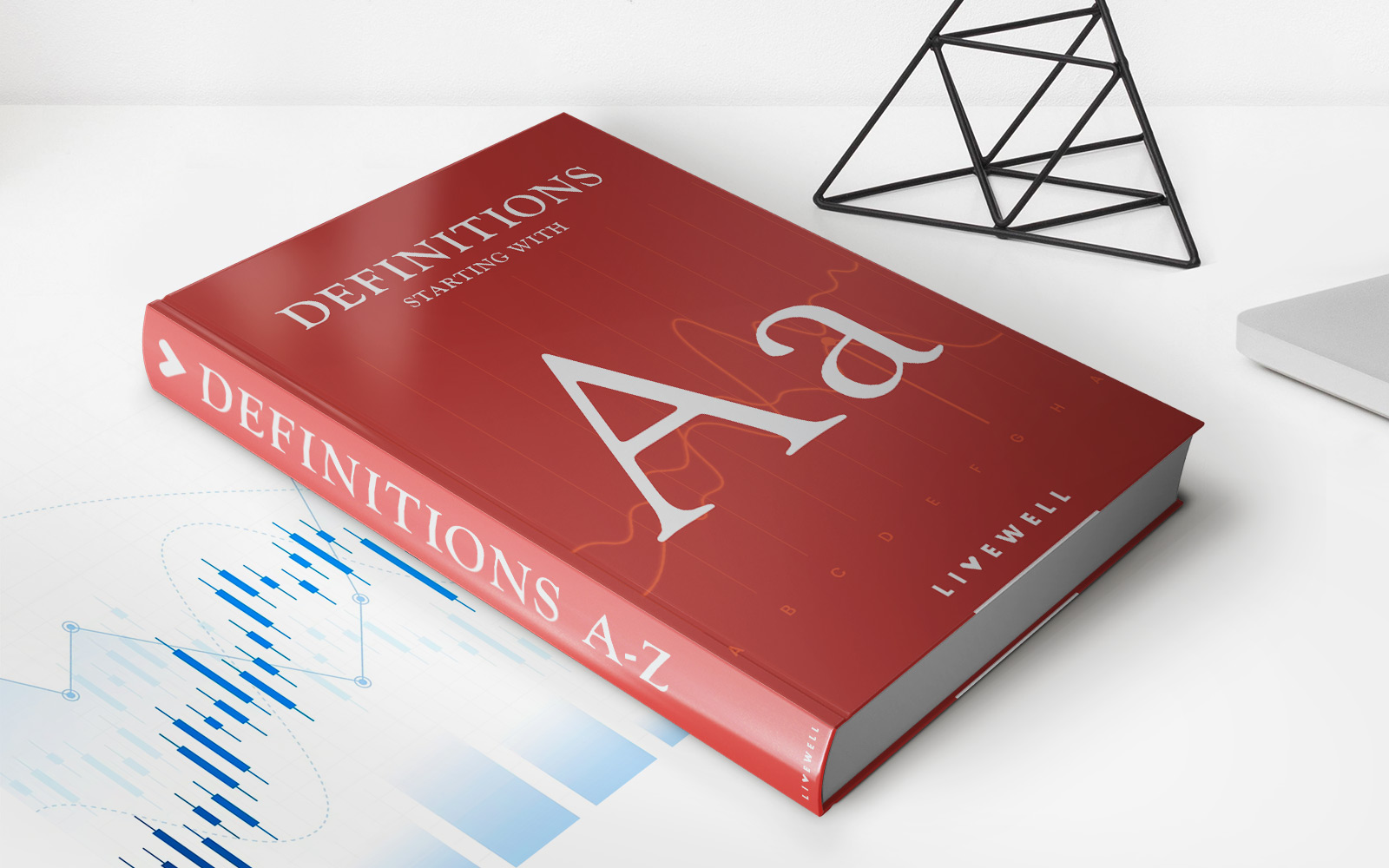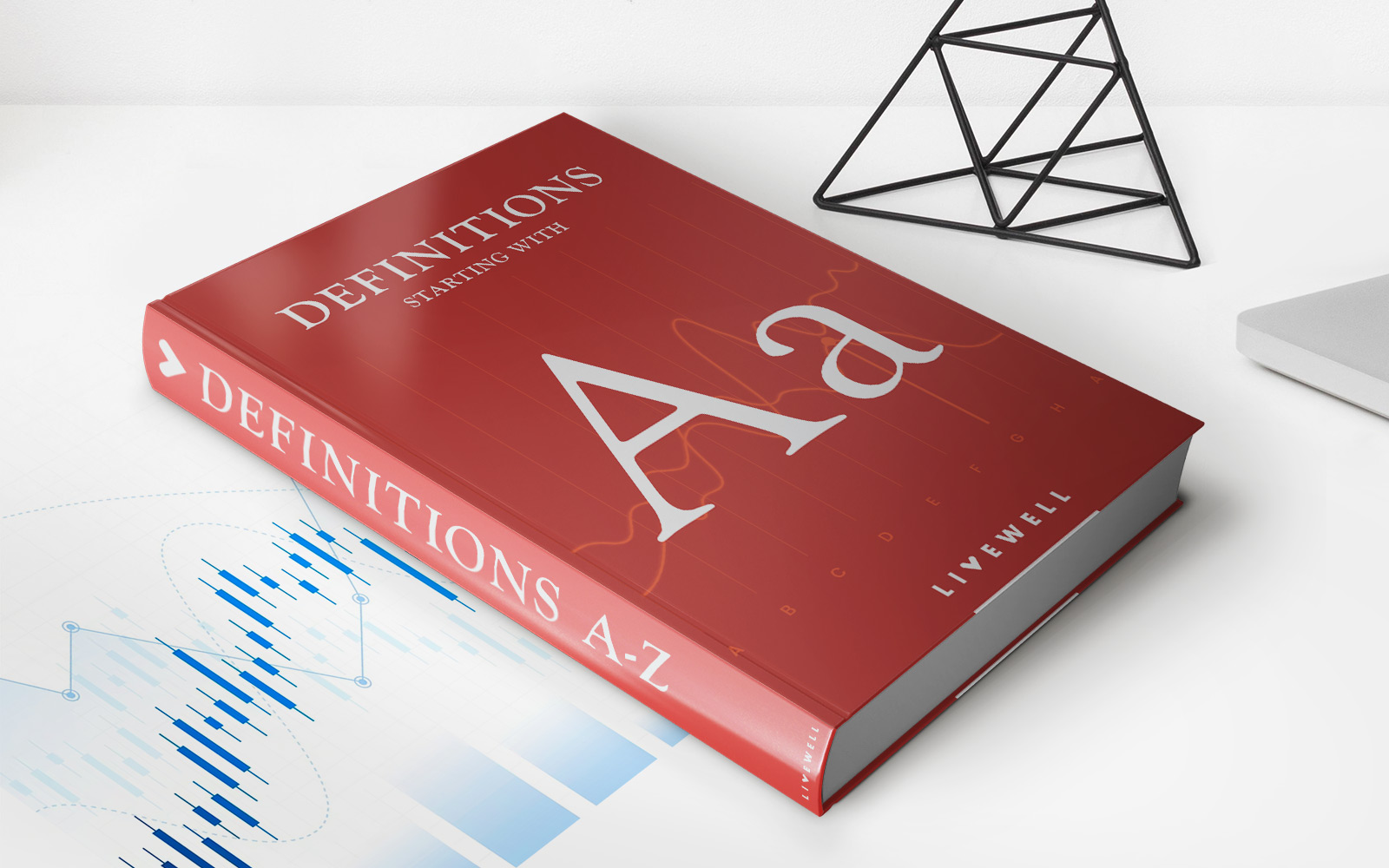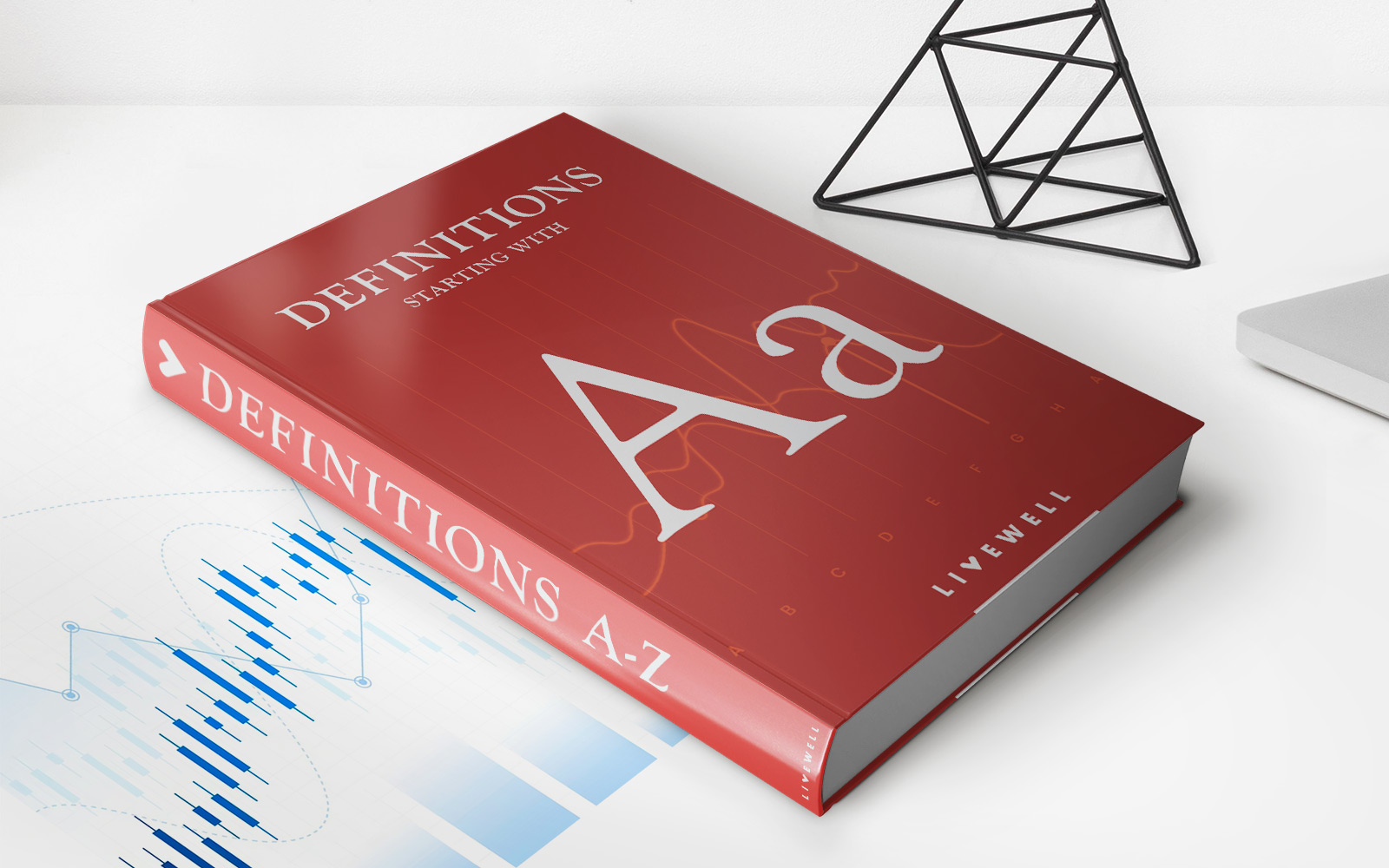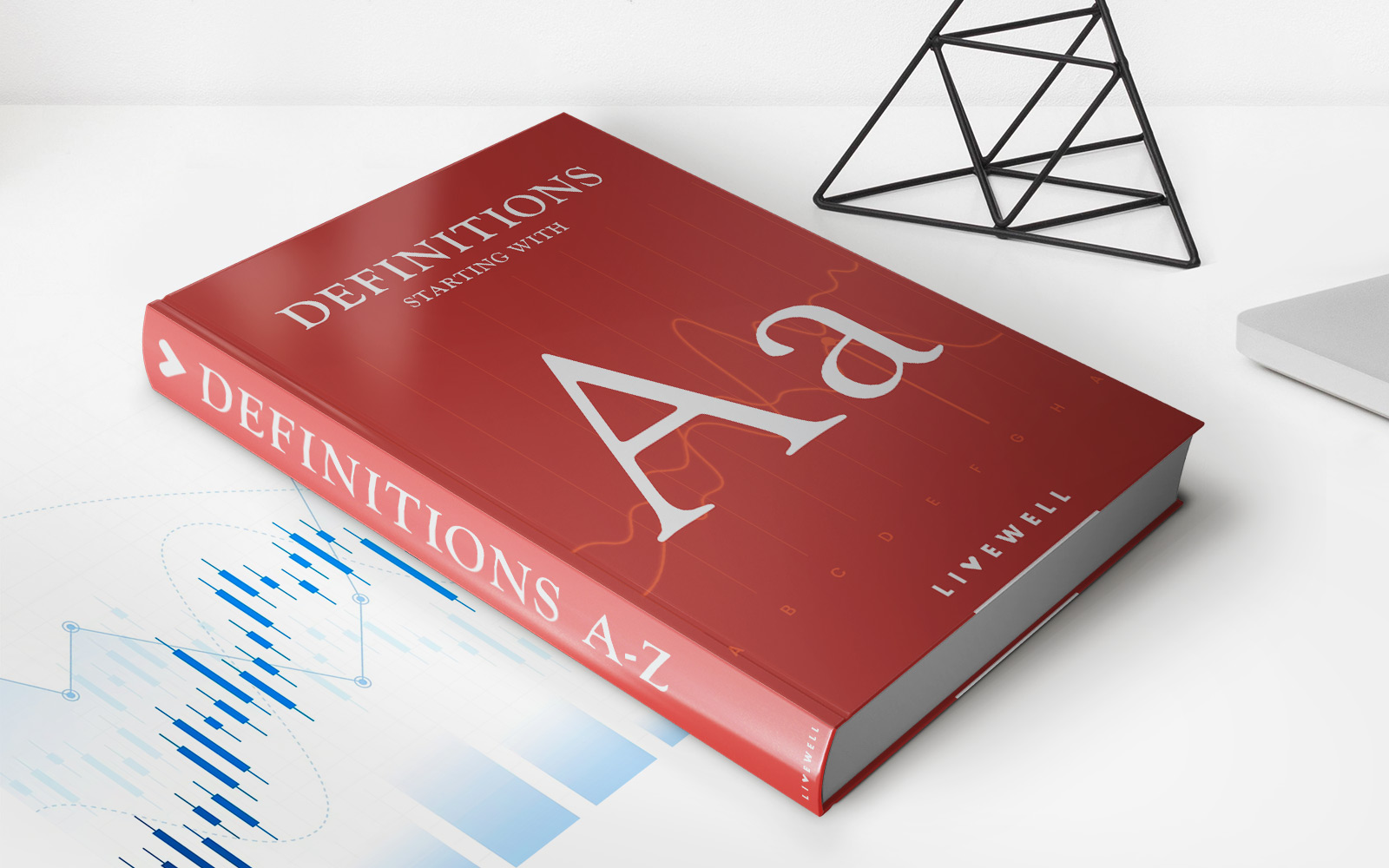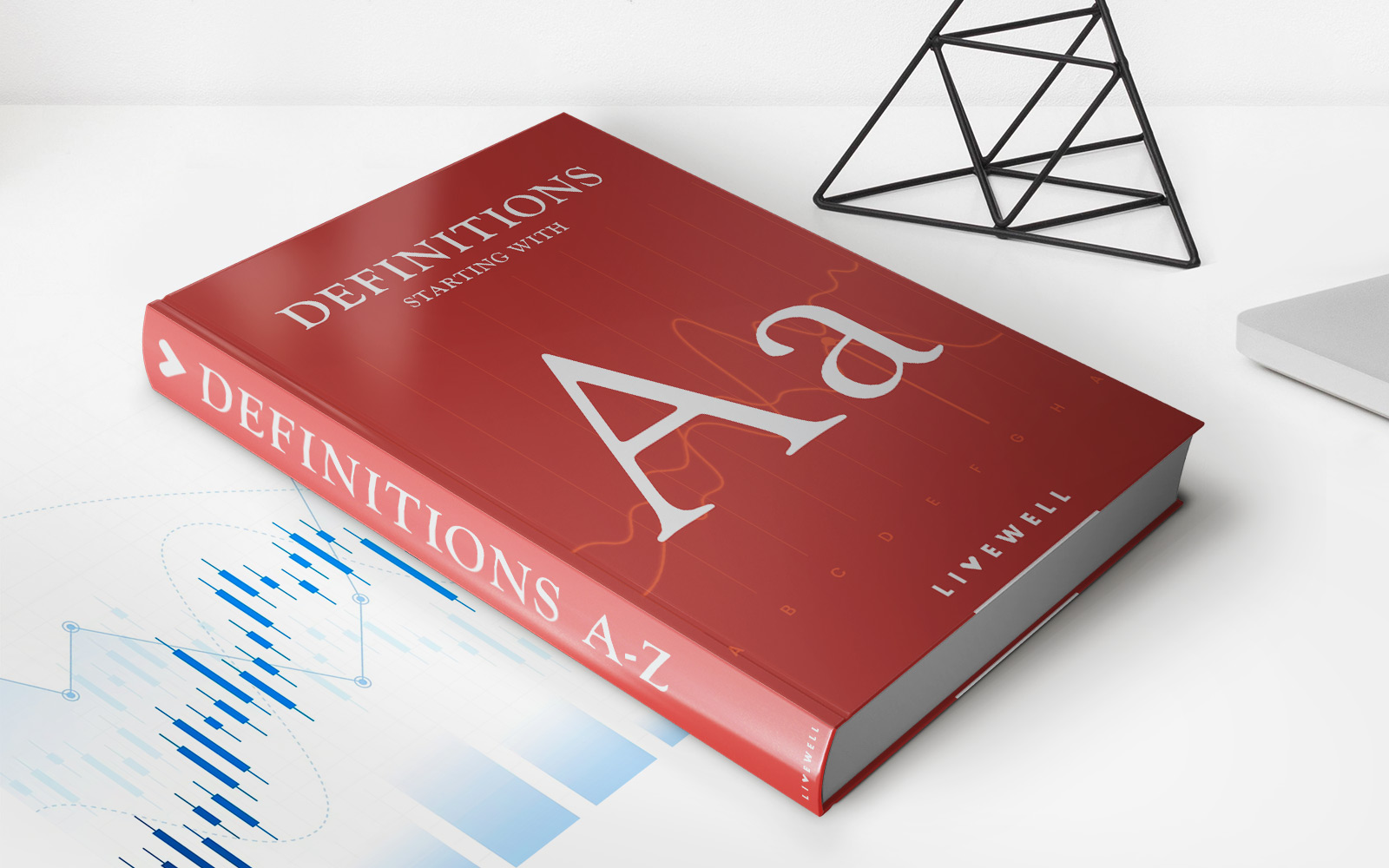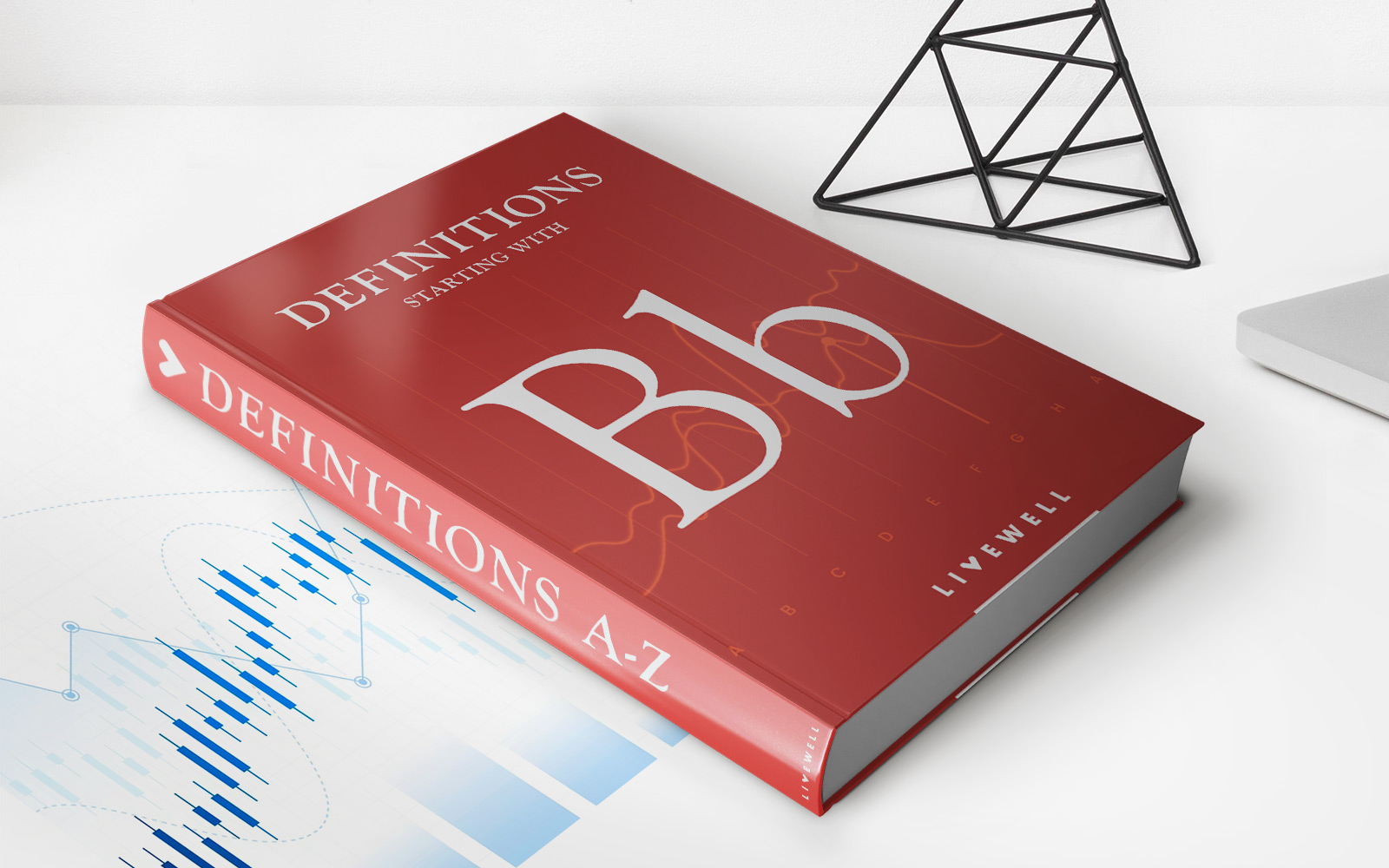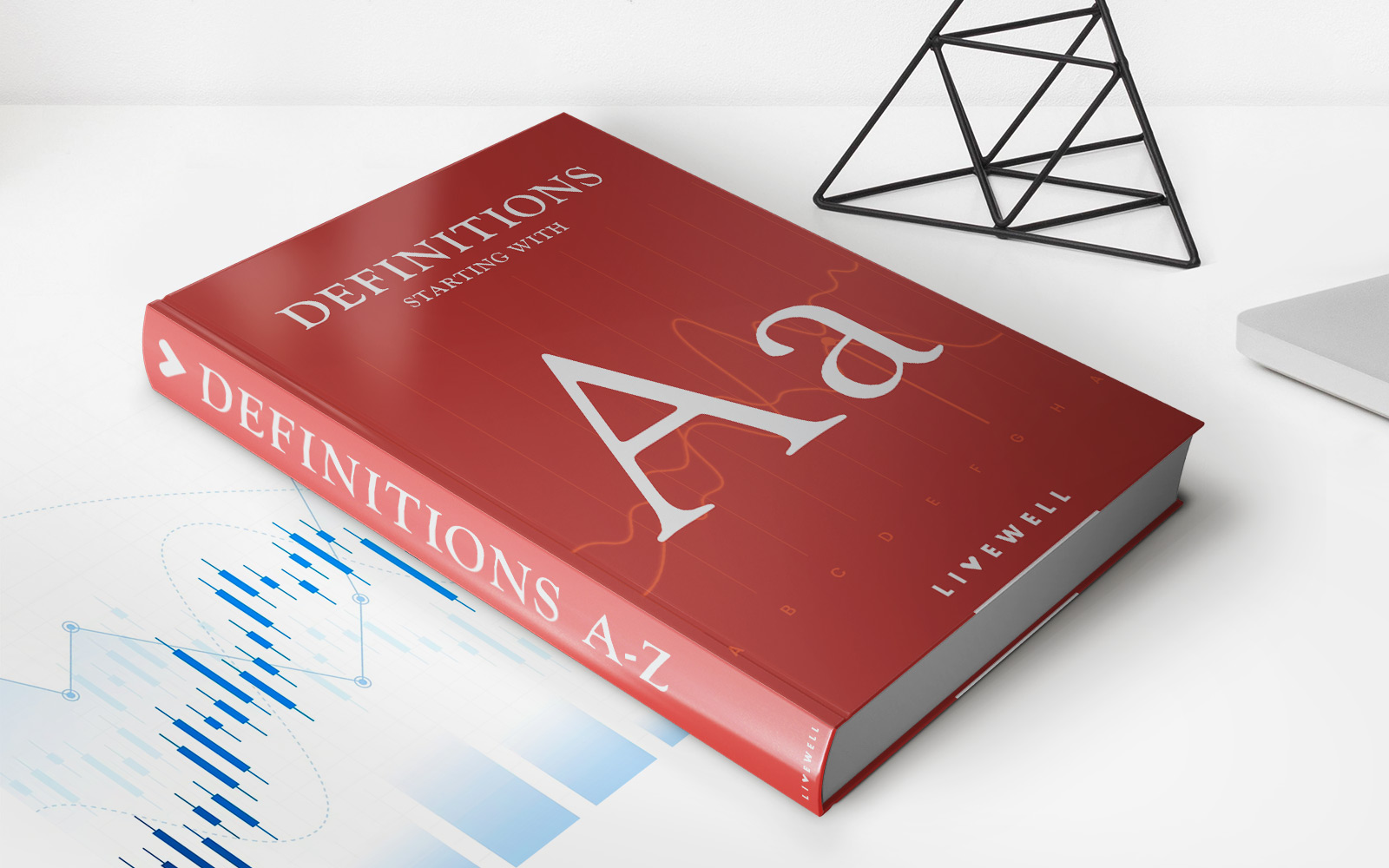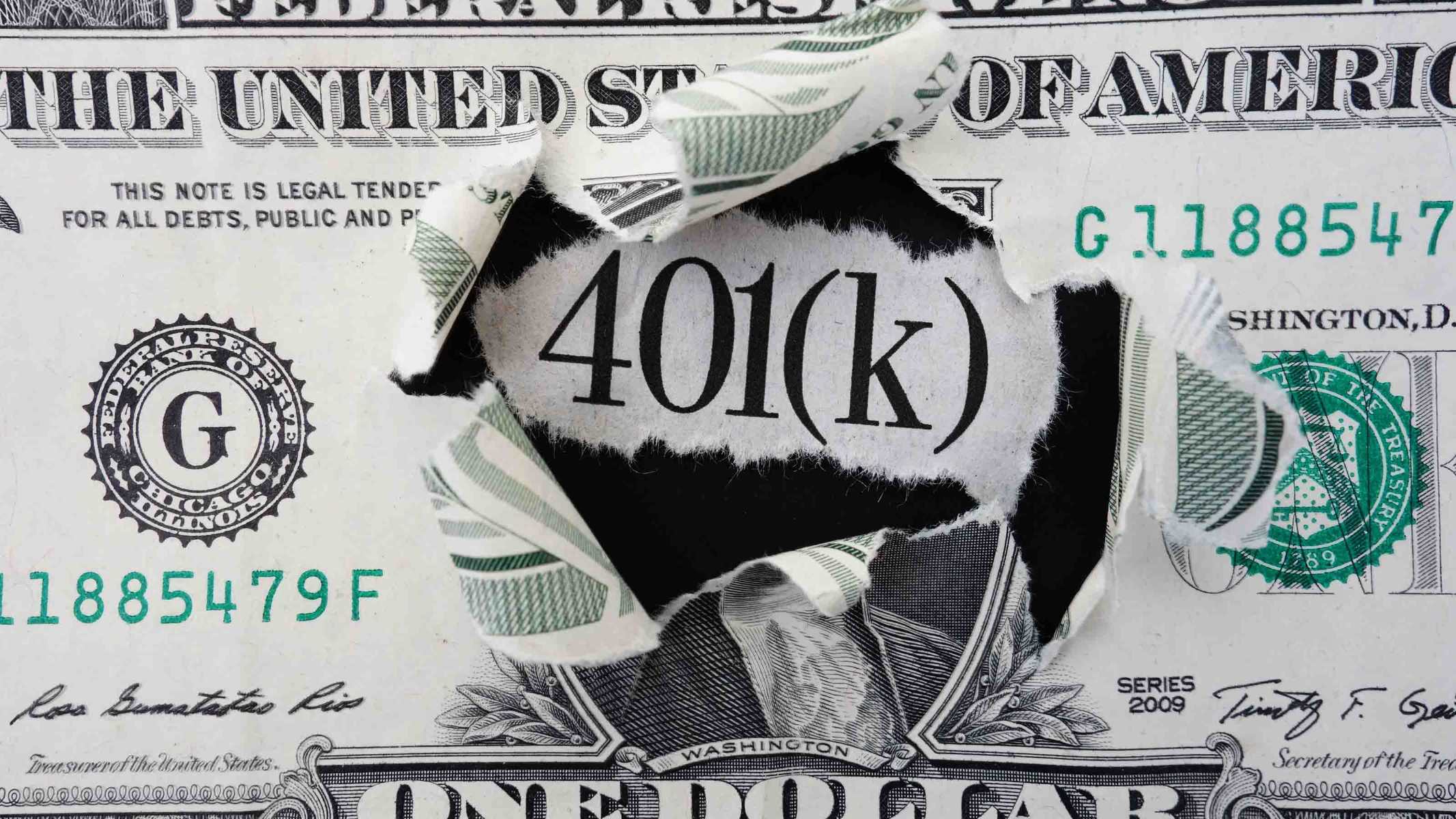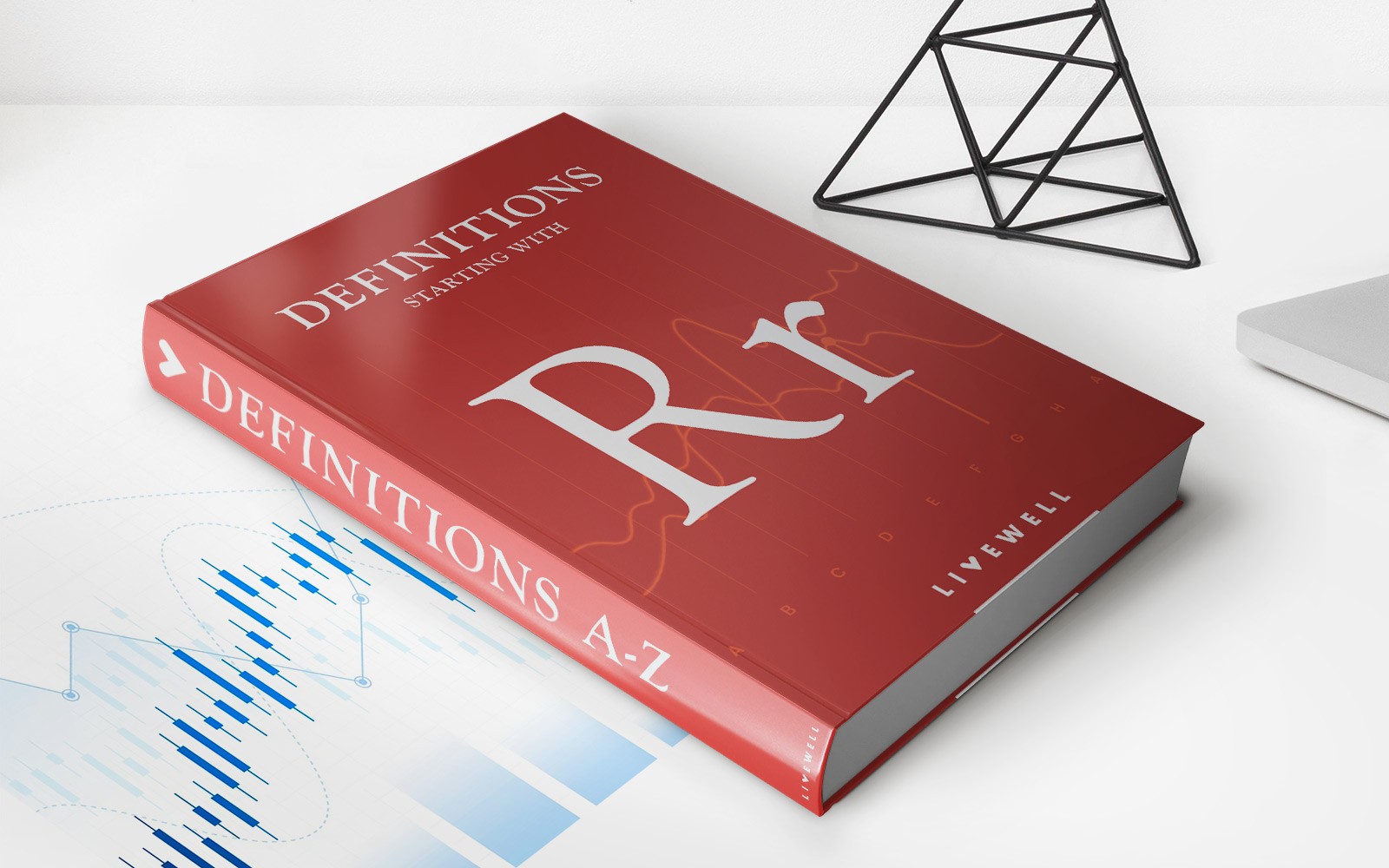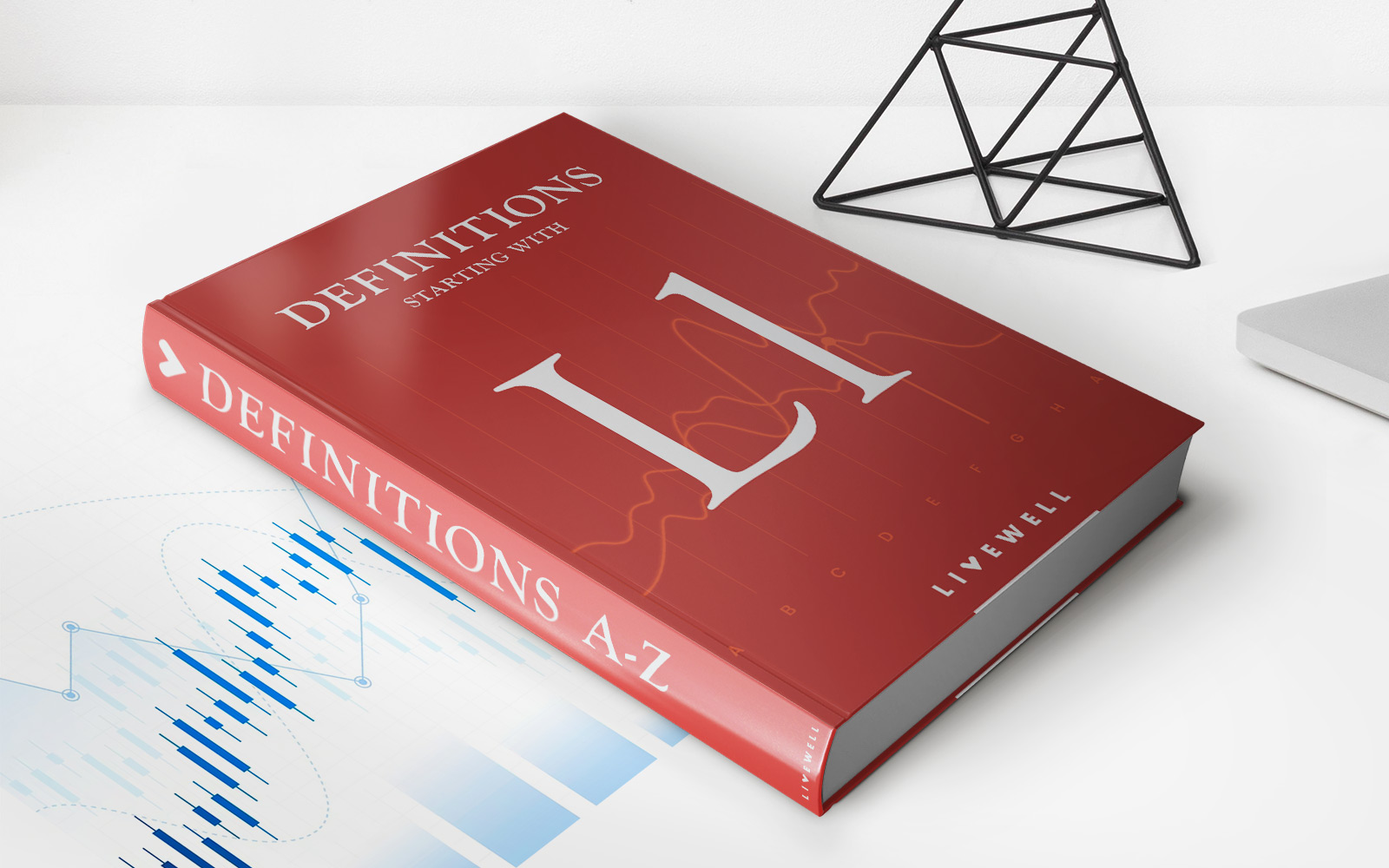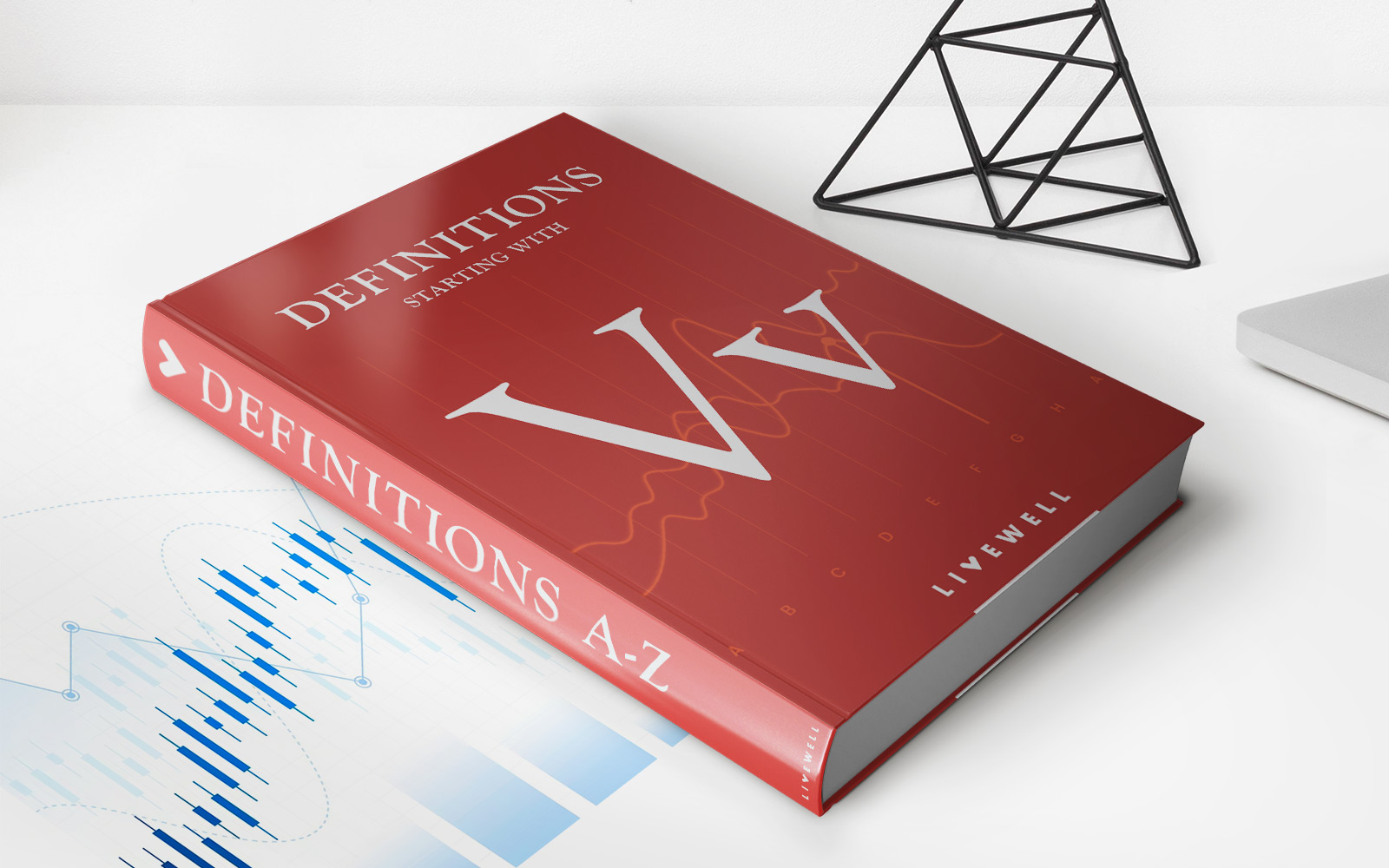Home>Finance>What Is Banner Advertising? Definition And How It Works
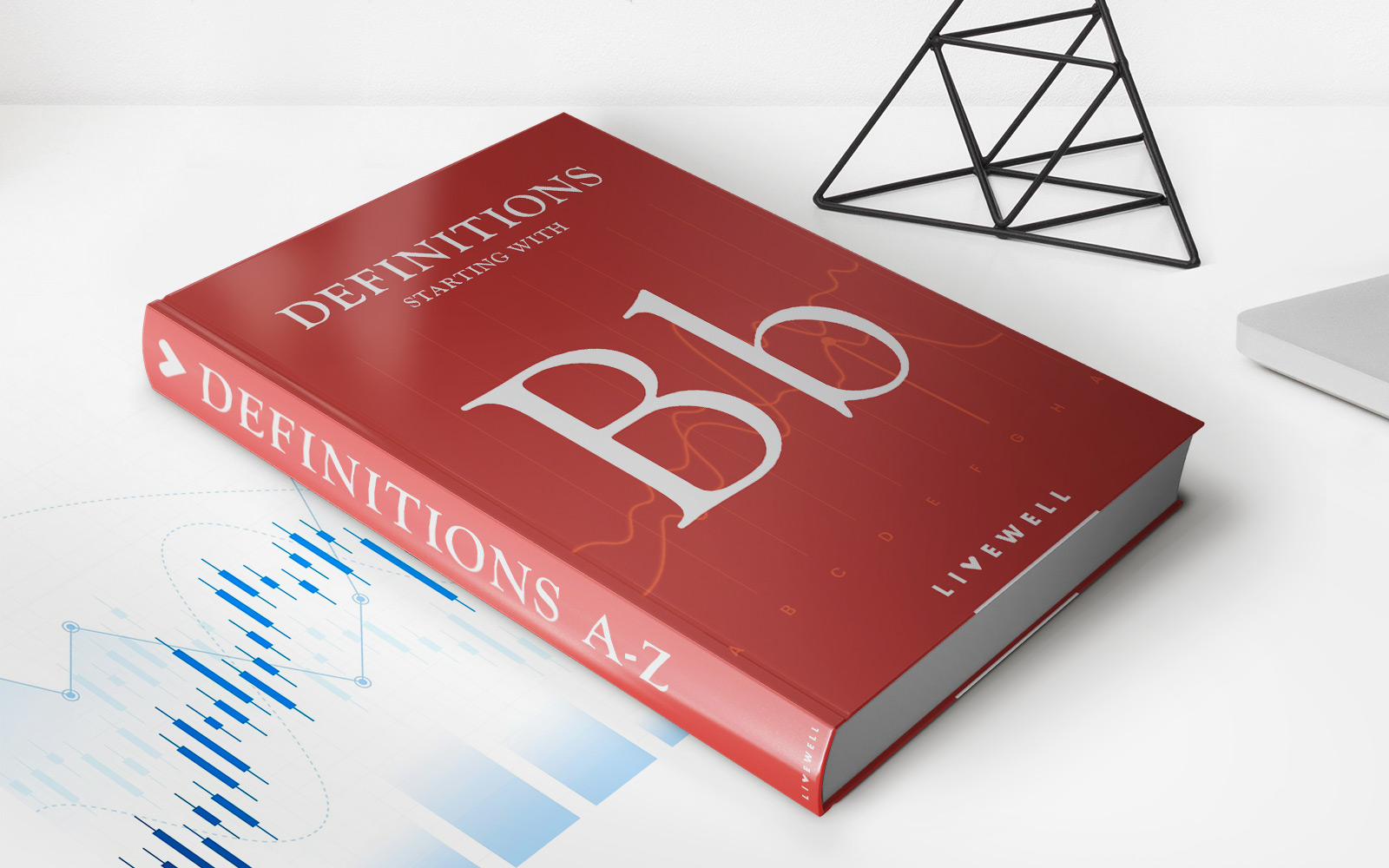

Finance
What Is Banner Advertising? Definition And How It Works
Published: October 13, 2023
Learn the definition of banner advertising in finance and how it works. Drive traffic and boost brand awareness with effective banner ad campaigns.
(Many of the links in this article redirect to a specific reviewed product. Your purchase of these products through affiliate links helps to generate commission for LiveWell, at no extra cost. Learn more)
What Is Banner Advertising? Definition and How It Works
Finance is a crucial aspect of our lives, and understanding various financial concepts is essential for making informed decisions. Today, we will dive into the world of banner advertising, an effective marketing technique that plays a vital role in the financial landscape. In this blog post, we will break down the definition of banner advertising and explain how it works, so you can navigate this field with confidence.
Key Takeaways:
- Banner advertising is a form of online marketing that uses graphic display ads placed on websites to promote products or services.
- These ads typically consist of images or animations, and they are strategically placed to capture the attention of target audiences.
What is Banner Advertising?
Banner advertising is a type of online advertising where graphic display ads, often in the form of images or animations, are placed on websites to promote products, services, or brands. These ads typically appear at the top, bottom, or sides of a webpage and are designed to capture the attention of internet users.
Just like traditional billboards along highways, banner ads aim to make an impact on potential customers as they browse through different online platforms. They rely on eye-catching visuals, compelling messages, and strategic placement to entice users to click on the ad and visit the advertiser’s website.
How Does Banner Advertising Work?
Banner advertising works by leveraging the large pool of users that visit various websites and platforms daily. Advertisers create visually appealing banners that convey their message effectively and choose websites that align with their target audience’s interests or demographics.
Here is a step-by-step breakdown of how banner advertising works:
- Creation of the Banner: Advertisers create visually engaging banners with attention-grabbing designs, catchy headlines, and compelling calls-to-action.
- Selection of Ad Placement: Advertisers choose websites that target their desired audience, ensuring that their ad will appear in front of the right people at the right time.
- Bidding or Buying Ad Space: Advertisers can bid on ad space through real-time bidding platforms or negotiate directly with website owners or advertising networks to secure ad placements.
- Tracking and Optimization: Advertisers monitor the performance of their banner ads by measuring metrics such as click-through rates (CTR) and conversion rates. Based on these data, they can optimize their campaigns to maximize their return on investment (ROI).
One of the key advantages of banner advertising is its ability to target specific audiences. Advertisers can select websites that cater to their audience’s interests, ensuring that their message reaches the right people at the right time. This targeting capability leads to higher engagement and better conversion rates, providing a valuable avenue for businesses to reach potential customers.
Whether you are a business owner looking to promote your products or services or a consumer interested in understanding how online advertising works, banner advertising plays a significant role in the financial landscape.
By understanding the fundamentals of banner advertising, you can make informed decisions about incorporating this marketing technique into your financial strategies. Stay tuned for more informative blog posts in the “Finance” category to enhance your financial knowledge!
